Fashion Products API Data Scraping for Market Insights
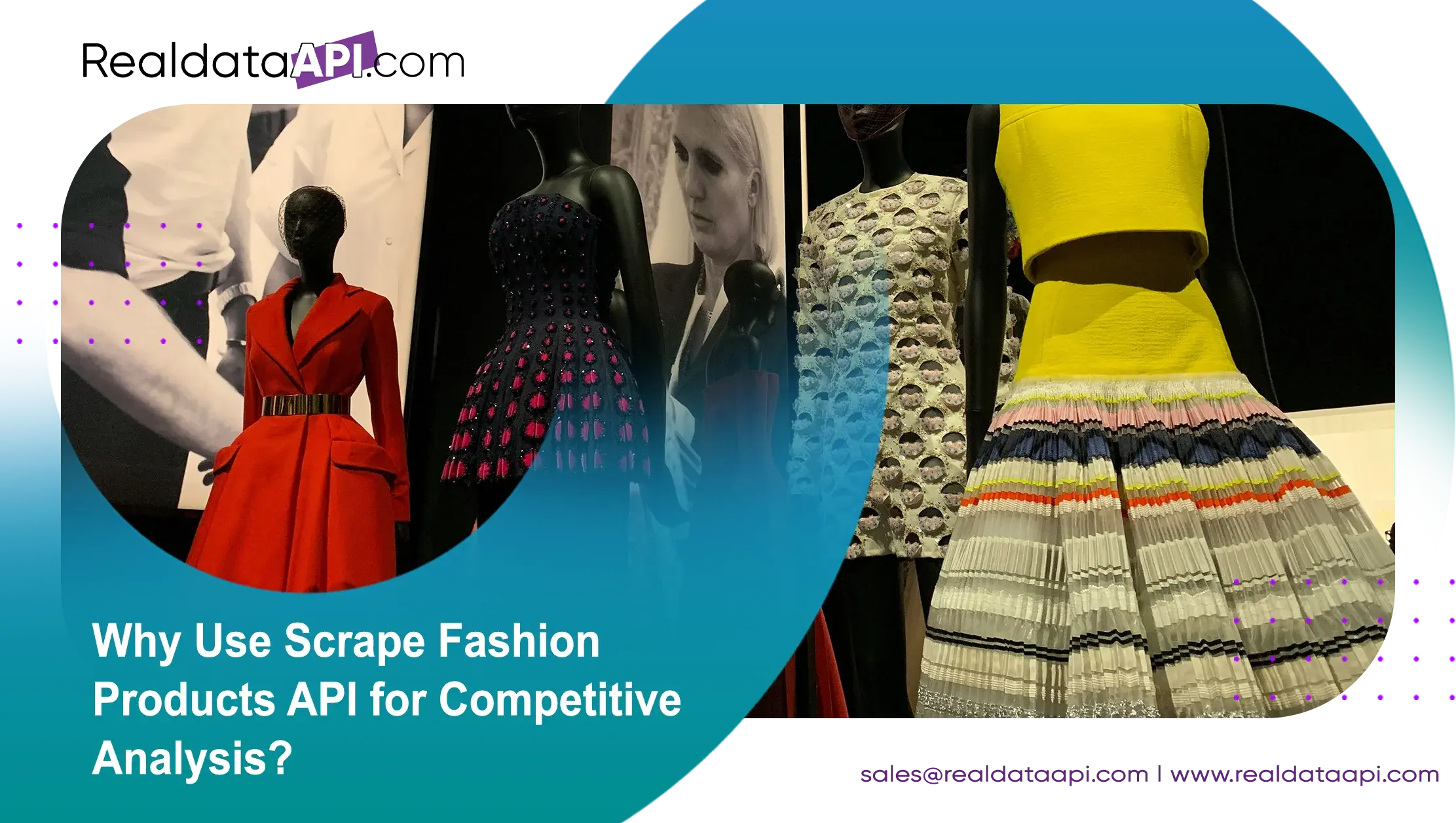
Introduction
In today’s fast-paced fashion industry, staying ahead of competitors requires more than just intuition—it demands actionable insights derived from data. One of the most effective tools for gaining these insights is the use of a fashion products scraping API. This technology enables businesses to gather, analyze, and leverage data from various fashion product sources, allowing them to refine their competitive strategies and enhance their market position. In this blog, we will explore why using a scrape fashion products API is essential for competitive analysis and how it can be a game-changer for fashion businesses.
Understanding the Fashion Products API
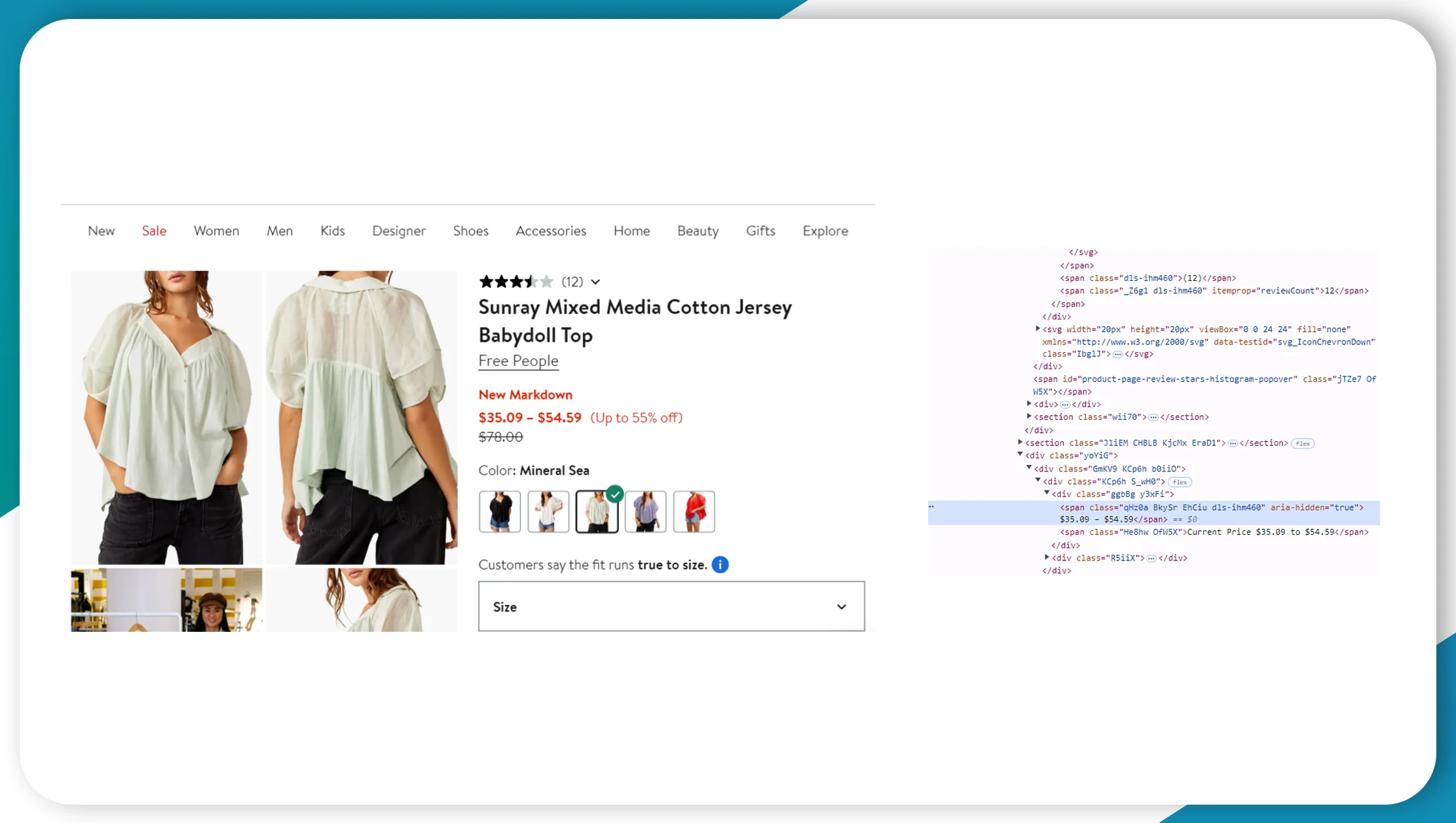
A fashion products API is a tool that allows businesses to programmatically access and extract data related to fashion products from various online sources. This data can include product details, pricing, availability, reviews, and more. By utilizing a scraping fashion products API, companies can automate the process of gathering and analyzing this information, providing them with valuable insights into market trends and competitor strategies.
Key Benefits of Using a Fashion Products Scraping API
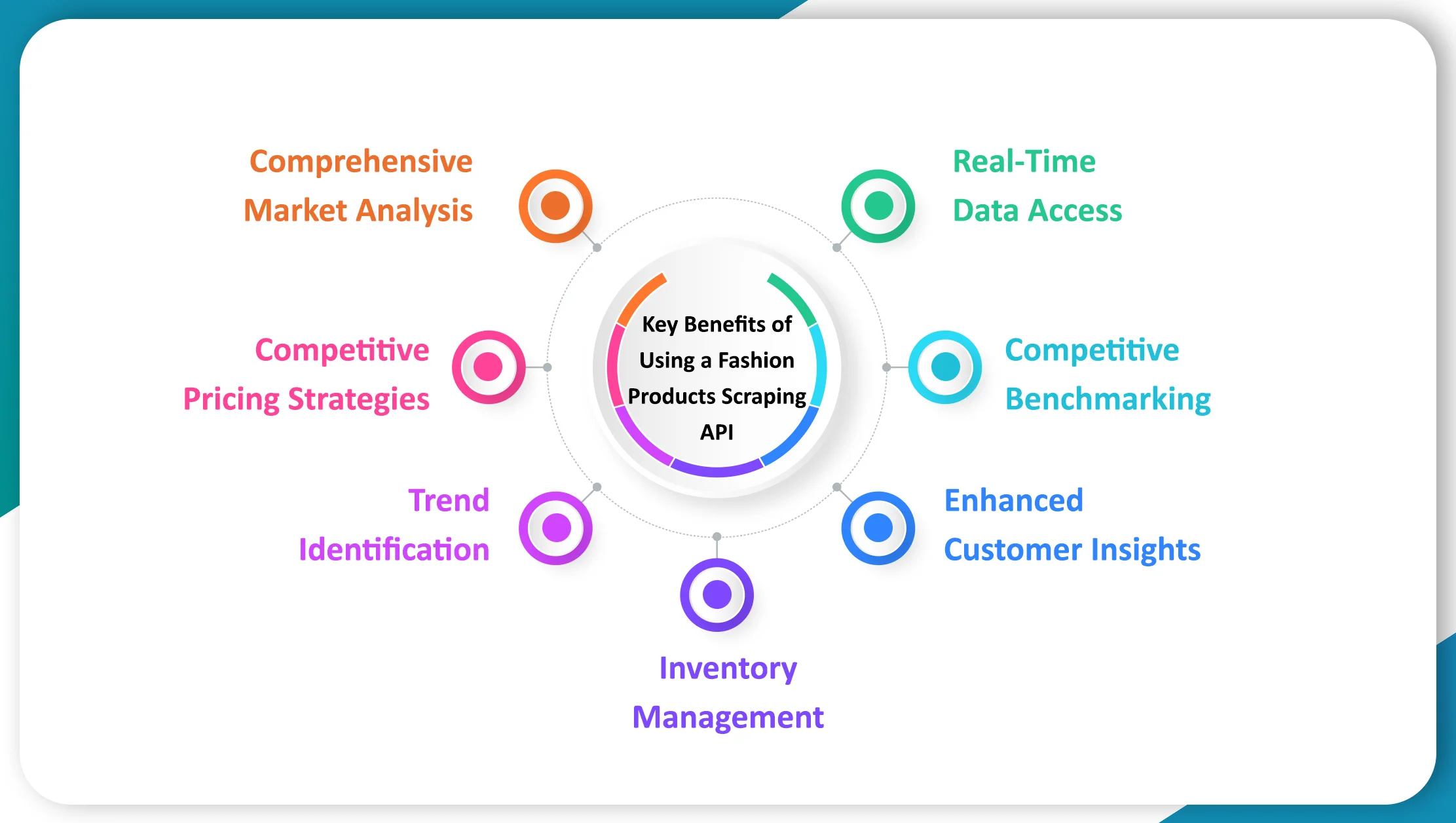
Comprehensive Market Analysis
Using a fashion products API collection helps businesses access a wide range of data points from multiple sources. This includes information about product types, prices, trends, and sales performance. By analyzing this data, businesses can gain a comprehensive understanding of the market landscape, identify emerging trends, and adjust their strategies accordingly.
Competitive Pricing Strategies
One of the primary advantages of fashion product API extraction is its ability to provide real-time pricing information. By scraping data on competitors’ pricing, discounts, and promotions, businesses can make informed decisions about their pricing strategies. This enables them to remain competitive, optimize their pricing, and attract more customers.
Trend Identification
Tracking trends is crucial for staying relevant in the fashion industry. A scrape fashion products API allows businesses to monitor product trends, including popular styles, colors, and brands. This information helps businesses anticipate customer preferences and adjust their product offerings to align with current market trends.
Inventory Management
Efficient inventory management is essential for maximizing sales and minimizing costs. By using a scraping fashion products API, businesses can track inventory levels across various platforms. This helps in understanding which products are in demand, optimizing stock levels, and ensuring that popular items are always available to customers.
Enhanced Customer Insights
Understanding customer preferences and behavior is key to delivering a personalized shopping experience. Extract fashion products API data provides insights into customer reviews, ratings, and feedback. Analyzing this data helps businesses understand what customers value most, allowing them to tailor their product offerings and marketing strategies to meet customer needs more effectively.
Competitive Benchmarking
Competitive benchmarking involves comparing a business’s performance against its competitors. By using a fashion products API, businesses can gather data on competitor product offerings, pricing, and promotions. This information helps in identifying gaps in the market, understanding competitors’ strengths and weaknesses, and developing strategies to outperform them.
Real-Time Data Access
In a rapidly changing market, having access to real-time data is crucial. A fashion product scraping API provides up-to-date information on product availability, pricing, and trends. This allows businesses to make timely decisions and respond quickly to changes in the market, giving them a competitive edge.
Implementing a Fashion Products API in Your Business
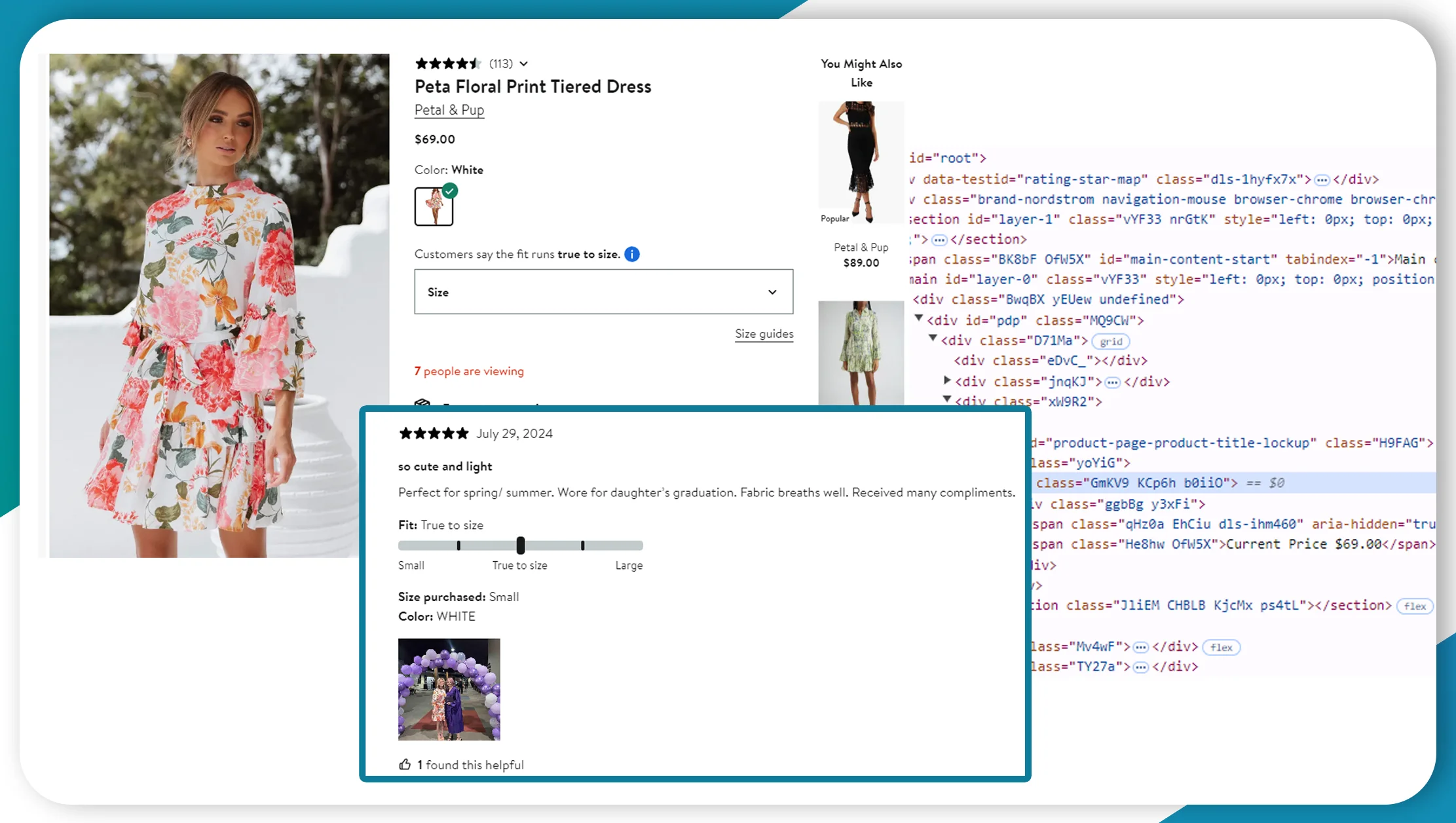
To effectively leverage a fashion products API, businesses should follow these steps:
Identify Your Data Needs
Determine the specific data points that are most relevant to your competitive analysis. This might include product pricing, availability, reviews, and trends. Understanding your data needs will help in selecting the right API and configuring it to meet your requirements.
Choose the Right API
There are various fashion products scraping APIs available, each offering different features and capabilities. Evaluate different APIs based on their data coverage, ease of integration, and cost. Choose an API that aligns with your business goals and provides the data you need.
Integrate the API
Once you have selected an API, integrate it into your data infrastructure. This may involve setting up API endpoints, configuring data extraction parameters, and ensuring that the data is accurately collected and stored.
Analyze the Data
After collecting data from the API, use data analysis tools to derive actionable insights. This may involve generating reports, creating dashboards, and performing statistical analysis. The goal is to turn raw data into meaningful information that can drive your competitive strategy.
Act on Insights
Use the insights gained from the data analysis to inform your business decisions. This might involve adjusting pricing strategies, refining marketing campaigns, or optimizing inventory levels. Implementing these changes based on data-driven insights will enhance your competitive position and improve overall business performance.
Best Practices for Using Fashion Products APIs
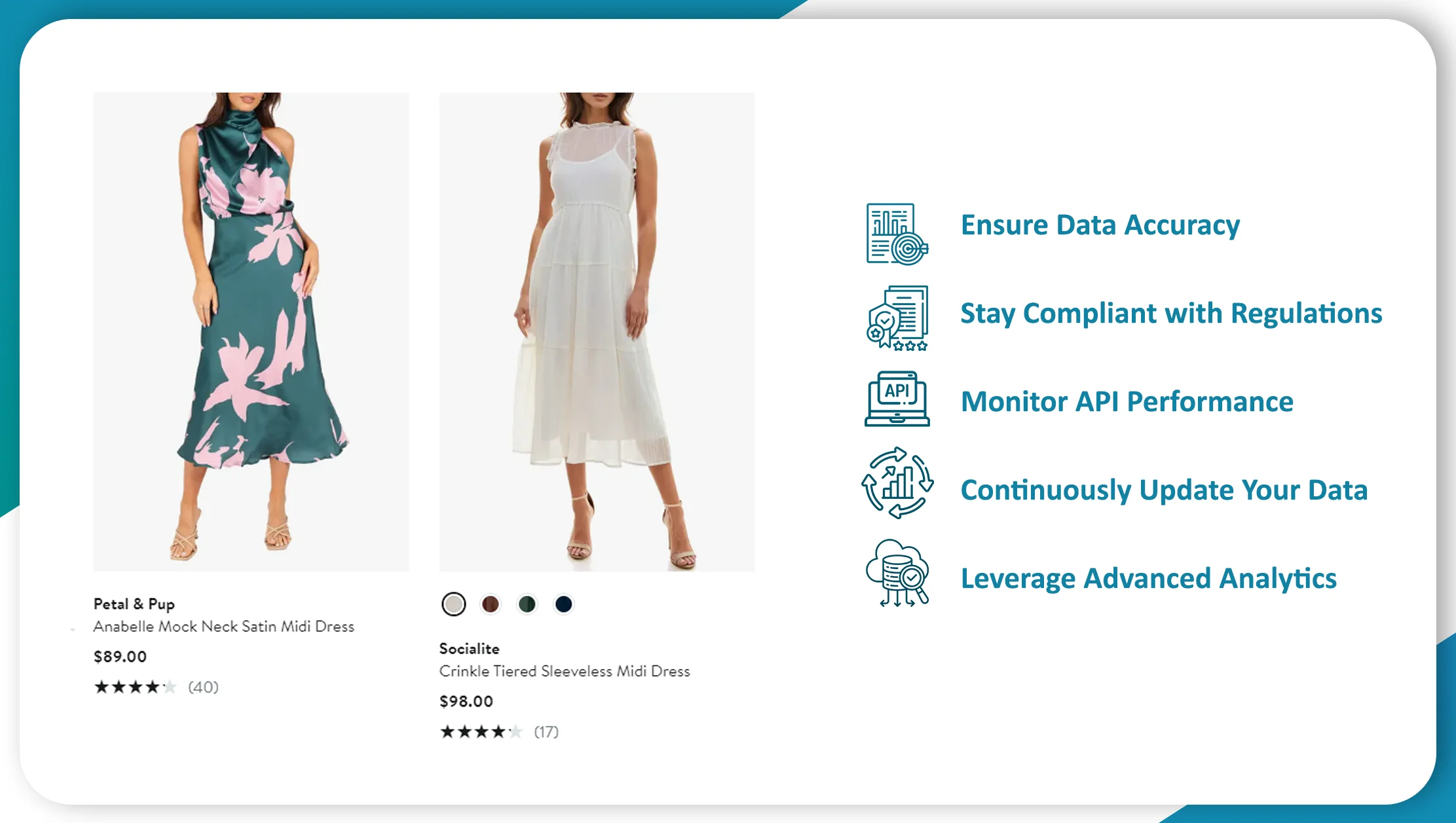
Ensure Data Accuracy
Accurate data is crucial for making informed decisions. Regularly validate the data collected through the API to ensure its accuracy and reliability.
Stay Compliant with Regulations
Ensure that your use of the API complies with data privacy regulations and terms of service of the data sources. This includes respecting copyright laws and user agreements.
Monitor API Performance
Regularly monitor the performance of the API to ensure that it is functioning correctly and providing the expected data. This helps in maintaining data quality and reliability.
Continuously Update Your Data
The fashion industry is dynamic, and trends can change rapidly. Continuously update your data to stay current with market trends and competitor activities.
Leverage Advanced Analytics
Utilize advanced analytics techniques, such as machine learning and predictive modeling, to gain deeper insights from the data. This can help in forecasting trends and making proactive business decisions.
Conclusion
Using a scrape fashion products API is a powerful strategy for enhancing competitive analysis in the fashion industry. By leveraging data extraction tools and techniques, businesses can gain valuable insights into market trends, pricing strategies, and customer preferences. This information enables businesses to make informed decisions, optimize their strategies, and stay ahead of the competition. Implementing these insights effectively can lead to improved market positioning, increased sales, and overall business success.
For more information on fashion products API collection and to explore how our solutions can benefit your business, contact Real Data API today. Our expertise in scraping fashion products API and fashion products API extraction can help you unlock valuable insights and drive your competitive strategy forward!